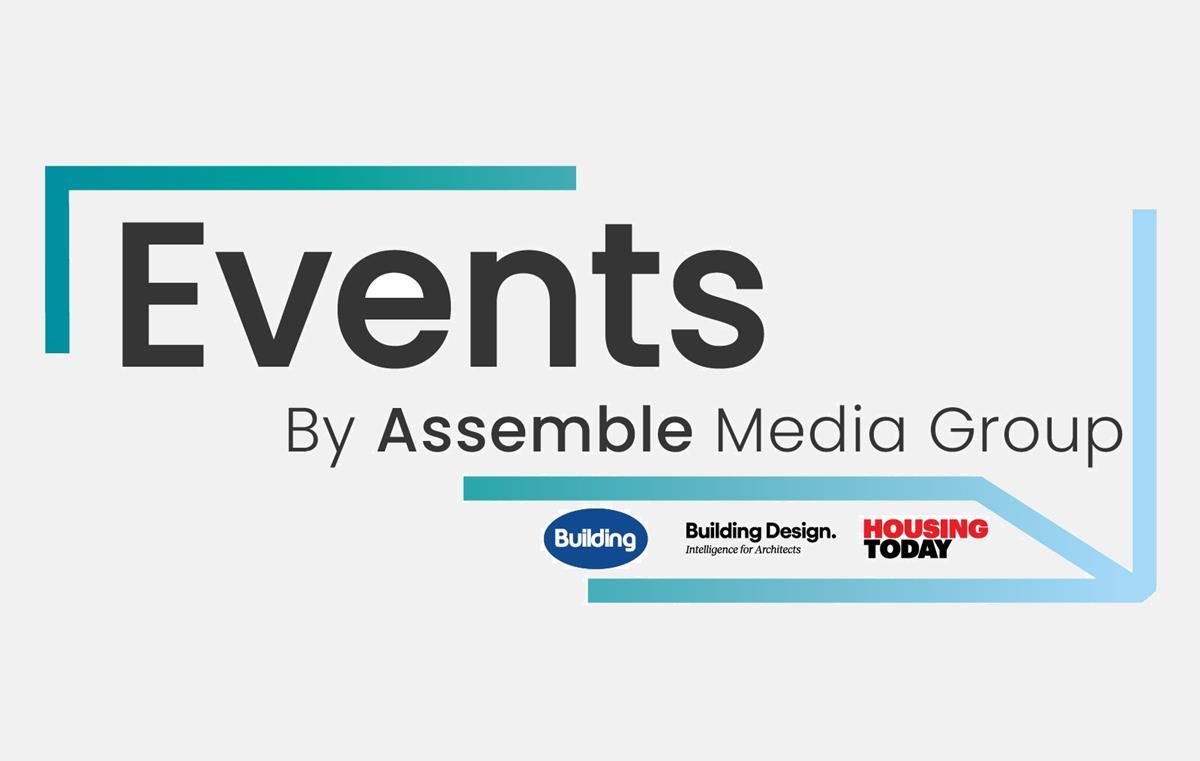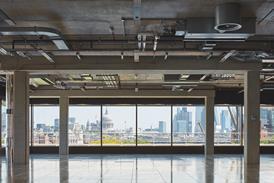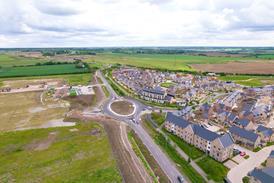‘No-build’ and ‘low-build’ solutions are a relatively cheap and simple way to reduce the size of the housing waiting list and shrink the size of the infrastructure pipeline, writes Beth West


The magnitude of the task of building 1.5 million homes by the end of the parliament and the £785bn to be delivered by the 10-year infrastructure strategy is breathtaking in its ambition. Is it possible to deliver all of this on this timescale? Do we have the resources to deliver this, even if the money and the planning approvals are there?
For as long as I can remember, we have been talking about both supply chain shortages and and a shrinking workforce as many people are nearing retirement age. Yet we are carrying on delivering things the way that we have always done them, and politicians of every stripe continue to make bold announcements about how they will solve our challenges – and yet continue not to deliver. Many of the challenges we face today are growing rather than being resolved, so doing things the same way clearly isn’t working.
What if we tackle these issues by looking at this through a different lens? Instead of building big, what if we challenge ourselves to build as little as we possibly can in order to achieve our desired outcomes?
I started working in infrastructure because of my strong belief that good infrastructure – social and economic – improves people’s lives. I do believe that engineering can solve pretty much every problem, it just depends if you are willing to pay for it.
Sustainable no-build and low-build solutions should actually reduce costs by avoiding the planning and construction processes that are needed to deliver new builds
The problem is that every engineer who I have ever met wants to build something perfect and amazing – without much concern about cost. Similarly, many politicians desire a vanity project. And big, perfect vanity projects lead to complex construction and, more often than not, cost overruns and delays.
There are many people now seeking “no-build and low-build” solutions rather than the traditional big-build approach, but many are working in sustainability, which is often accused of increasing the cost of projects rather than reducing them. However, the sustainable no-build and low-build solutions should actually reduce costs by avoiding the planning and construction processes that are needed to deliver new-builds.
We have to bring the no-build and low-build solutions out of sustainability discussions and into the delivery mainstream: how we deliver policy objectives faster and cheaper for the benefit of our populations.
When we talk about government spending, project sponsors are required to undertake options analysis before proceeding. While I am a fan of HM Treasury’s green book business case process (really!), the options analysis process can be easily manipulated to demonstrate that the desired outcome of the proposer is the one that should be selected.
So, what if we looked at the options analysis in a different way, starting with the questions:
a) What outcomes are we trying to achieve?
b) What would need to be true in order to deliver an operational solution to achieve those outcomes?
c) If no or only a partial operational solution can be found, how do we design projects which have the least possible impact on people and the planet?
Let’s test this with housing. Is the outcome the building of 1.5 million homes? Or is it finding appropriate accommodation for three to four million people who don’t currently have access to good housing?
I would argue that the outcome is not the building of houses, but rather the housing of people, so no-build and low-build options should be considered before we even try to start on a mass campaign of building.
There are potential operational solutions which should be explored with some urgency. According to the Ministry of Housing, Communities and Local Government (MHCLG), in 2024, there were over 700,000 vacant properties, of which over 250,000 were long-term vacant.
I recognise that where people want to live and the location of these vacant properties could be very different. But what would need to be true to find occupants for these vacant properties? Do they require modernisation? Or are they just not where people want to live?
If they require modernisation, what policies would the government need to put in place to achieve the necessary standards for accommodation? Would the government need to buy these properties to achieve that? Or are there incentives and penalties that could be put in place to achieve the occupation of these properties?
Tax deductions or penalties are tools that are completely at the government’s disposal and don’t require planning permission, land acquisition or several years to build. Let’s say this policy results in 250,000 vacant properties being filled by 500,000 people.
Building new homes on the footprint of existing buildings should have a lower impact on communities than building on greenfield sites
Another source of properties is vacant high street commercial properties. MHCLG’s predecessor, the Department for Levelling Up, Housing and Communities, stated in 2023 that there were approximately 172,000 vacant commercial properties across the UK, and 80% of those had been vacant for more than two years.
Again, these properties may not be where people want to live, but we can ask many similar questions: what would need to be true to turn these properties into homes? More importantly, what would need to be true in planning terms to allow for new properties to be developed above these commercial properties?
Let’s say that 25% of these properties could be developed into housing and that their location and the ability to build above them results in four new homes per property. We are at 172,000 new homes and, say, 350,000 more people having somewhere new to live.
Although this is not necessarily a low-build solution, building new homes on the footprint of existing buildings should have a lower impact on communities than building on greenfield sites.
Approaches such as these are not going to solve all of our housing and infrastructure challenges, but I believe strongly that action needs to be taken quickly to demonstrate that the needs of our communities can be met. Large-scale housing developments and mega-projects take years before they can be delivered, while our problems remain unsolved.
Rather than automatically assuming that the solution lies in big projects, finding fast, low-cost and low-impact solutions should be the priority in order to reduce that housing list and shrink the size of the infrastructure pipeline quickly. And it is a nice by-product that this process should also be better for the planet!
Beth West is on Building’s Funding the Future advisory panel, she is a former commercial director of HS2, head of development at Landsec and chief executive of East West Rail. She is now founder and director of Navigate Advisory



























4 Readers' comments